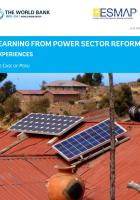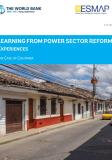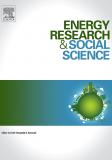Publications
By the late 1980s, Peru was in a desperate macroeconomic situation and its power sector was in crisis due to distorted tariffs, poor performing utilities and frequent supply restrictions. The incoming government enacted a new constitution in 1991 and, within a wider reform package, profound restructuring of the power sector began 1992 with enactment of the Electricity Concessions Law. Restructuring, introduction of competition, and privatization proceeded quickly until it stopped definitively in the 2000’s when the political landscape changed, and privatization lost public support. After initial efficiency gains and capacity additions, progress slowed and capital inflows to generation and transmission segments stopped due to inadequate regulation.
A second wave of reforms since 2006 introduced further competitive forces, successfully incentivizing new investments in generation and distribution. More recently, auctions for renewable energies and incentive regulation for distribution have been introduced. Furthermore, the government has successfully implemented out-of-market adaptations to pursue public policy objectives such as energy mix diversification. The reform package of Peru’s power sector delivered sizable efficiency and productivity gains, accruing to high quality regulation, industry restructuring, competition, and private management. However, challenges still remain in improving performance of state-owned distribution companies, expanding coverage and increasing quality of service in rural areas, and managing the risks of government-led out-of-market policies without a sound planning framework.



